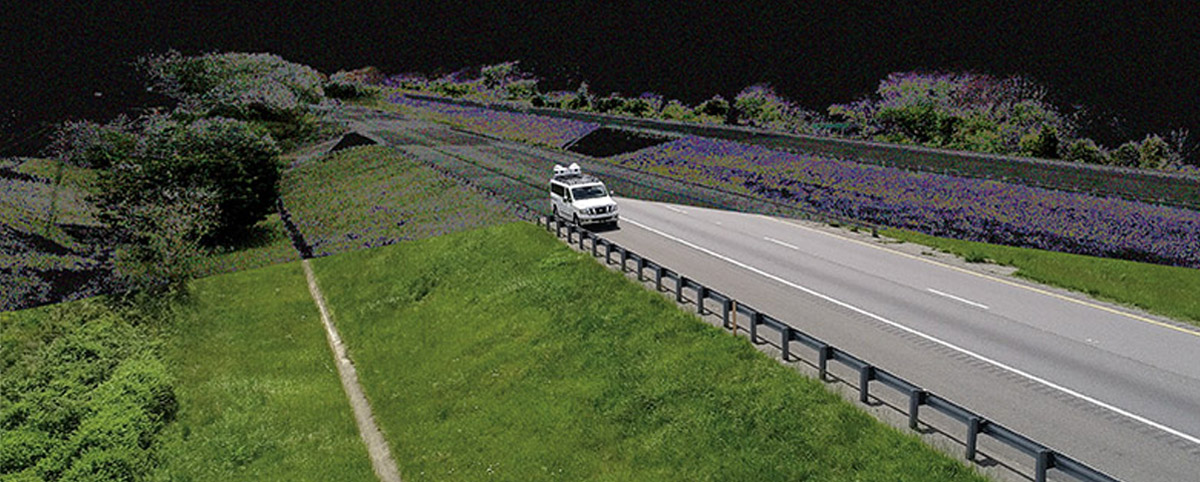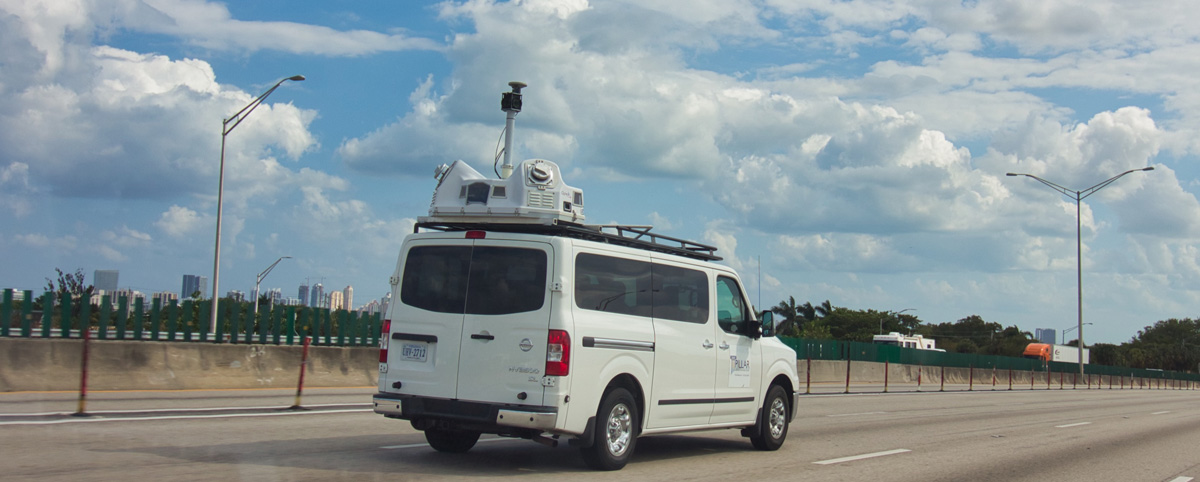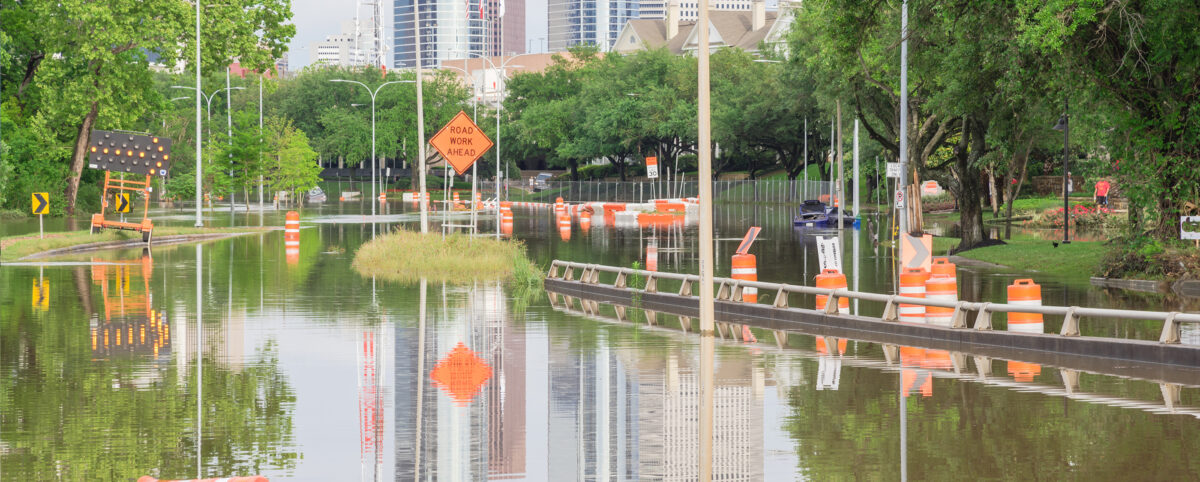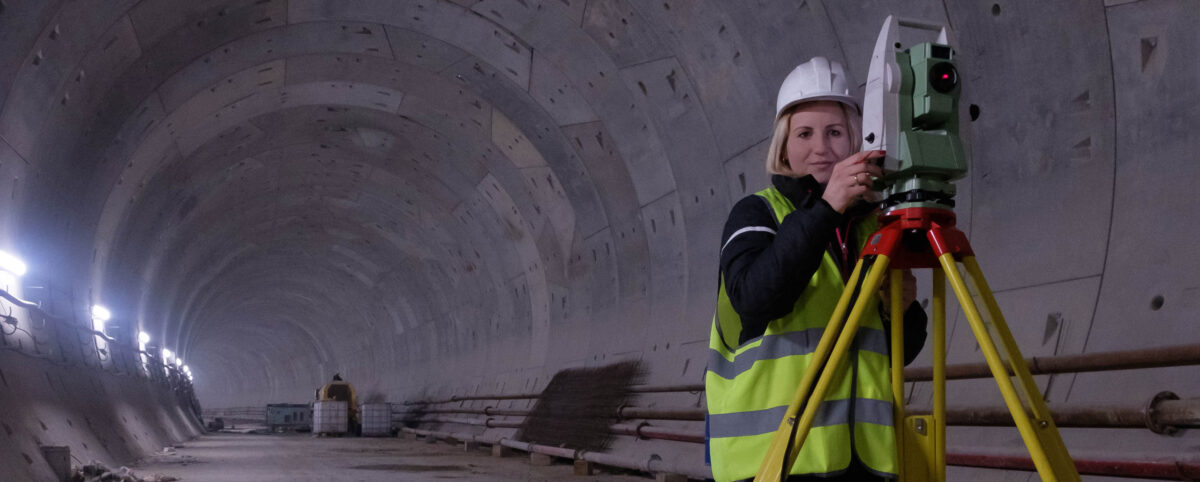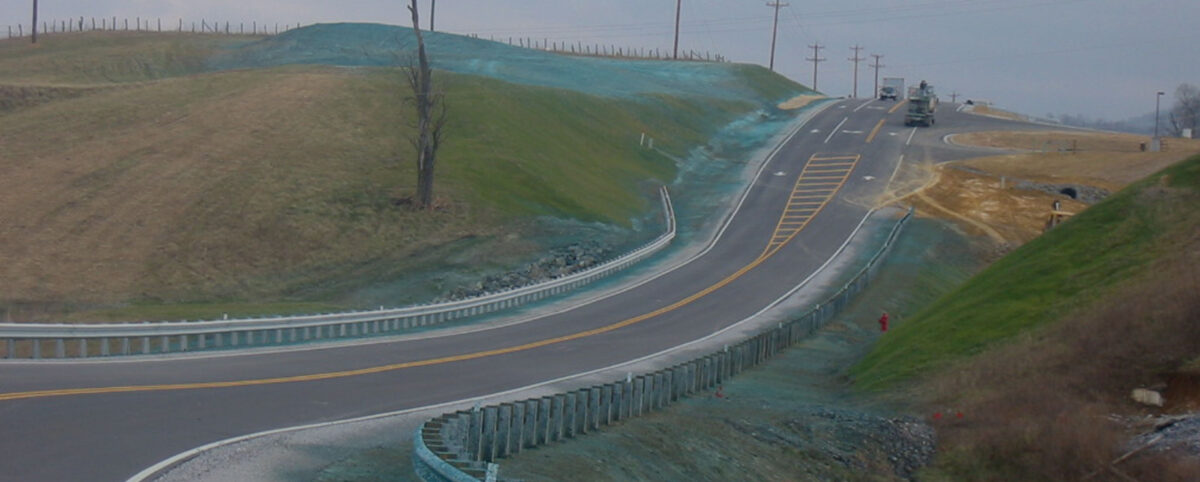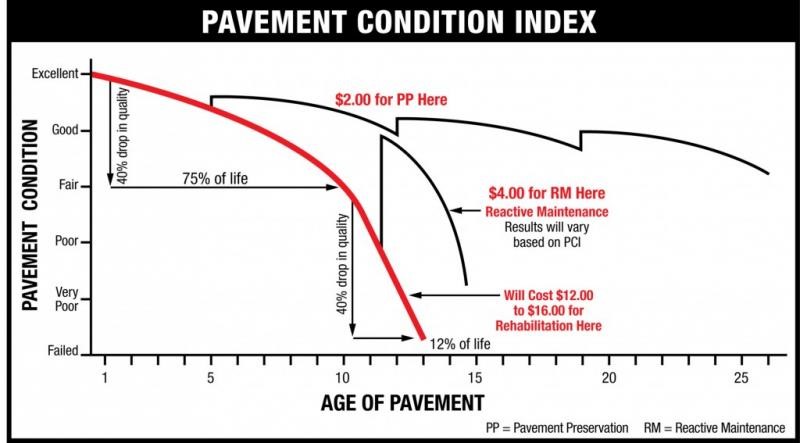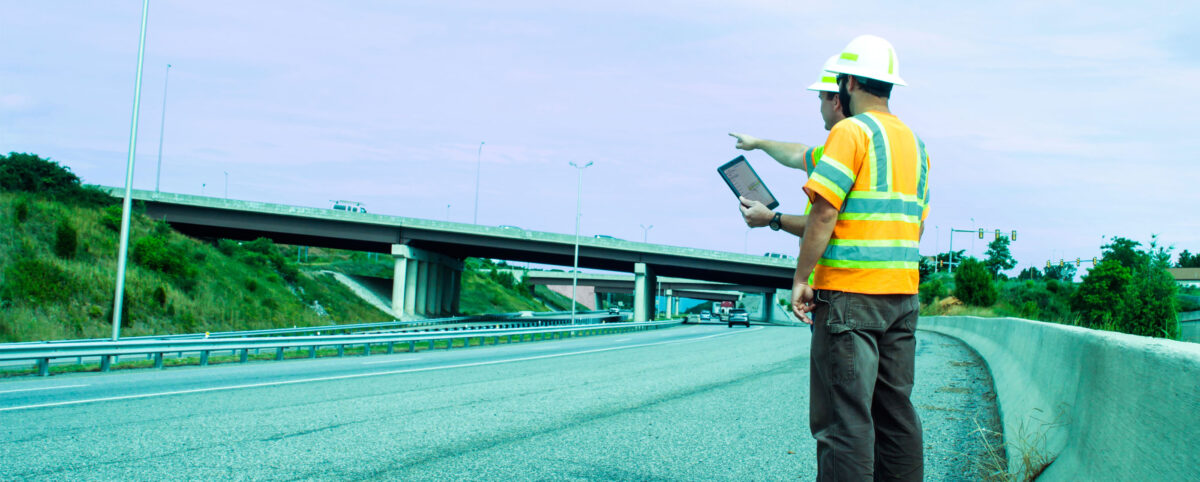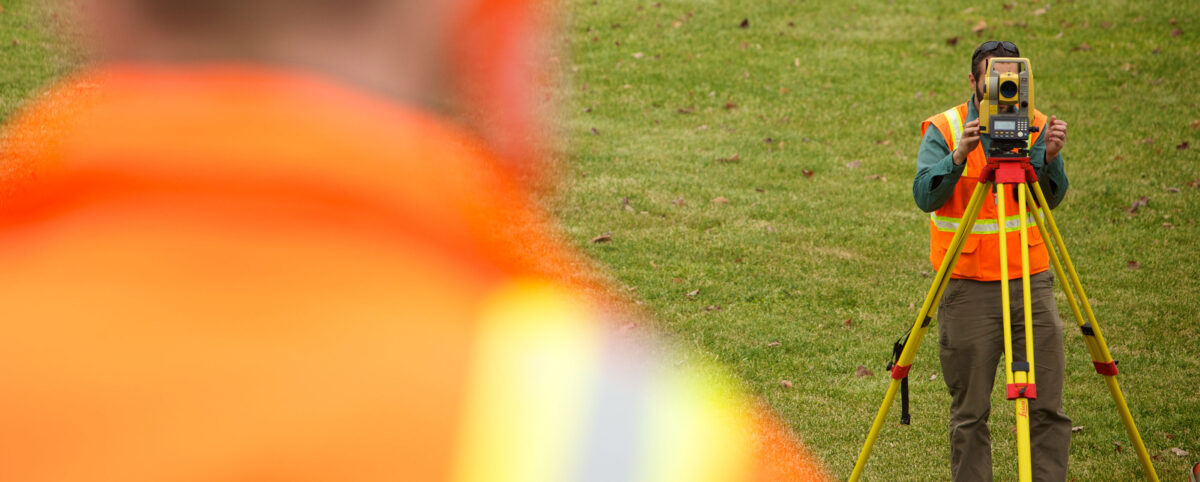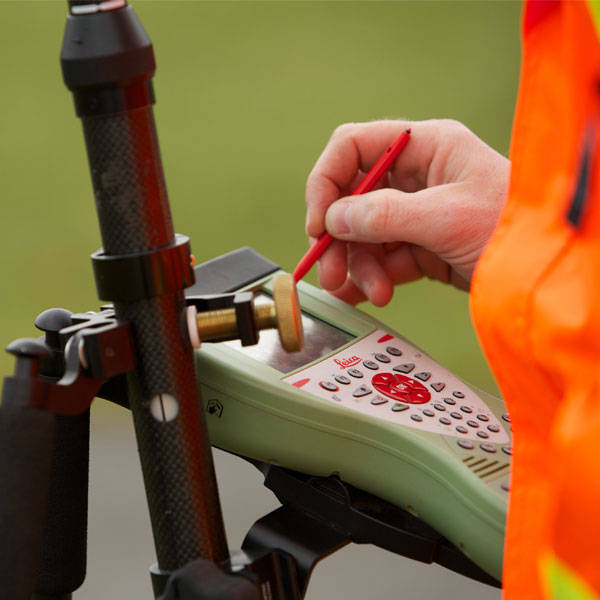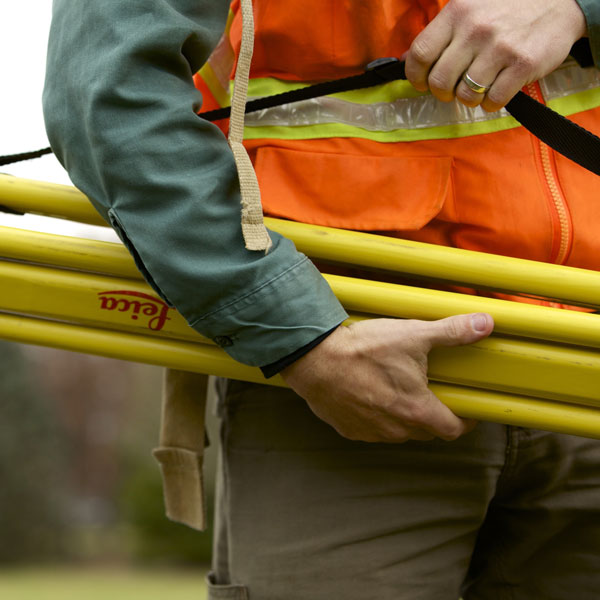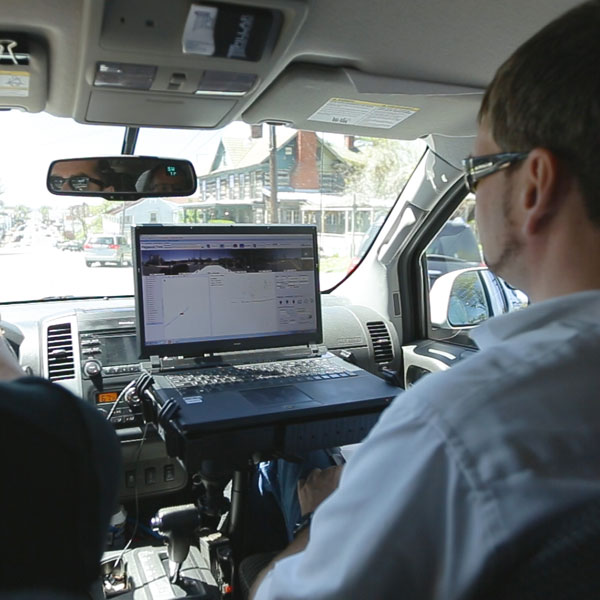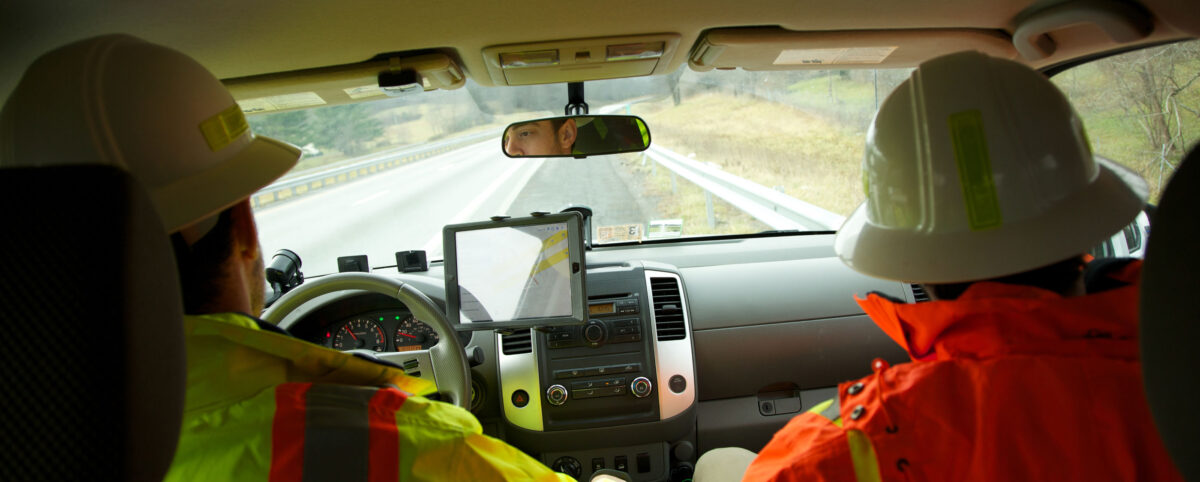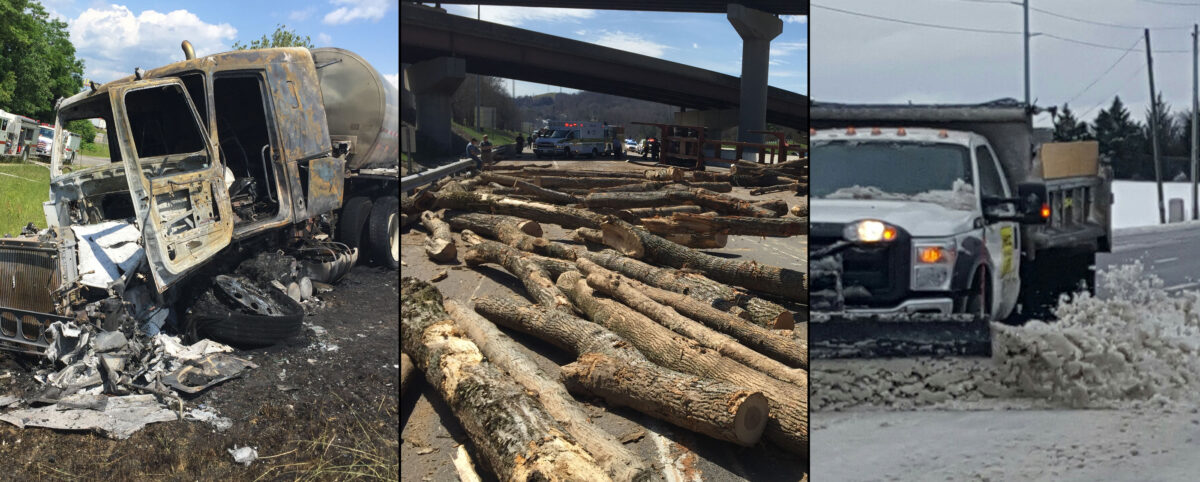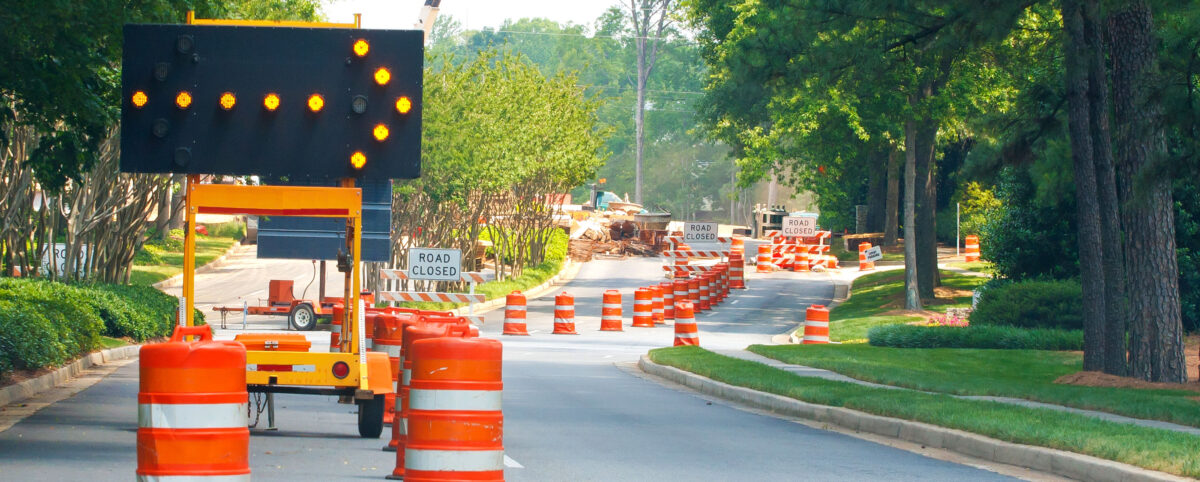Pavement Preservation is a set of cost-effective treatments that are typically applied on pavements at their early stages and are relatively in good condition. Pavement Preservation allows transportation agencies to treat more lane miles with less cost, while lengthening the pavement’s service life. Transportation agencies adopting Pavement Preservation will extend the benefit of taxpayers’ dollars, among many other benefits.
Primary Benefits of Pavement Preservation
Transportation agencies are paying more attention to Pavement Preservation as their maintenance budgets get tighter each year. This led to the wide adoption of Pavement Preservation treatments within the agency’s operations and maintenance programs. Agencies adopting Pavement Preservation treatments record major benefits that include:
- Improves the condition of pavements and investments
- Remains cost-effective for service life and pavement performance
- Quick application and reduces road user costs and closure times
- Requires fewer resources and energy than reactive maintenance
- Stops the future deterioration of the pavement under your watch
Arguments Against Pavement Preservation Just Don’t Fly
Despite significant benefits, there are some reasons cities and towns don’t invest in pavement preservation as much as reactive maintenance tasks.
Civilians typically prefer all new pavement with new layers of either asphalt concrete or cement concrete. At the early stages of preservation treatment, pavement appears rough and messy until the treatments completely cure. To combat public outcry, engineers must continuously meet with civilians to educate them on the pavement preservation process. Engineers should demonstrate how reactive maintenance is more time-consuming and expensive, costing tax payers more money to fix damaged roads in the long run (see Figure 1).
The primary reason transportation agencies in cities and towns don’t invest in pavement preservation is due to a lack of expertise and knowledge on preservation treatments. With the variety of preservation treatments available, engineers don’t include the preservation treatments in their pavement management programs because they lack the know-how to choose the proper treatments for all road conditions.
Operations and maintenance professionals default to focusing only on damaged pavements, ignoring pavements that are in good condition. Asset management budgets get eaten up by reactive maintenance when they could invest in preserving good roads, therefore investing less in reactive maintenance over time.
Some have the misconception that preservation treatments are an unnecessary expense. In reality, the treatments are quick while costs stay at a minimum. Some agencies in rural areas fear that hiring contractors with pavement preservation expertise will be more costly than local professionals, however, including pavement preservation in pavement management programs will extend budgets and the service life of pavements.
Partnering with PILLAR Pavement Management Engineers
Sometimes an organization doesn’t invest in pavement preservation due to a lack of expertise. There is a certain complexity to managing a network of roadways at different stages in their lifecycle that requires insightful data and a guiding hand.
PILLAR can play a role in assessing needs and making important maintenance decisions.
For example, PILLAR uses ratings to assess the condition of pavements, watching as the condition rating changes with time. This can be helpful to maintain a standard while getting the expertise needed for these numerous treatments.
Choosing the Right Pavement Preservation Treatments
When choosing treatments, PILLAR helps you map out roads, traffic volumes, and regions to make sure that roads are treated in line with the best treatment. There is a wide variety of possible preservation treatments that make the care and maintenance of each road extremely unique.
Every preservation plan is unique based on the special features of the roadway and pavements that make planning your preservation techniques somewhat complicated without a competent partner. PILLAR works with you to identify the condition of the road or pavement and then develop a series of interventions to lengthen the lifecycle of the road, save time, and conserve budgets. Some noteworthy and famous pavement preservation treatments that can be used include:
- Crack Sealant
- Slurry Seal
- Chip Seal
- Cape Seal
- Microsurfacing (Latex)
- THMACO
Find a Partner in Pavement Preservation and Asset Management
PILLAR is a unique firm. It’s the only asset management team devoted at its core with maximizing the lifecycle of your assets. By delivering asset data that informs operations and maintenance decisions at every step in the complex process, PILLAR strengthens your maintenance and preservation plans in ways that could really benefit your infrastructure asset management programs.
Contact PILLAR at info@pillaroma.com or (276) 223-0500 to start with the only asset management firm that merges industry expertise, next-gen technology, and public safety to bring you unparalleled data, service, and expertise.

